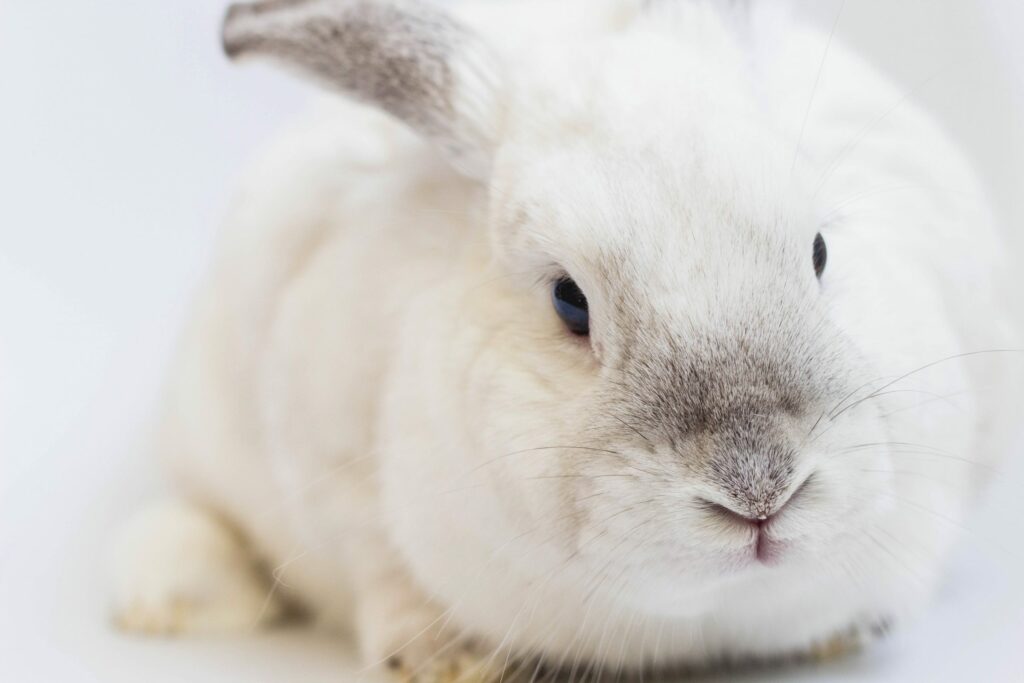6 tips for a great summer with your pet
By Dorothée Pâris Pasturel • 10 December 2024
Summer, although pleasant for us, is not always an easy season for our 4-legged companions.
Here are some tips to help you get through this summer period without harming your pet:
1. Adopt good walking habits
Extreme heat can cause various ailments: heat stroke, dehydration, burns, etc. Dogs release heat through their pads and by panting, while humans can sweat through the entire skin of their body.
- Avoid long walks in direct sunlight, especially during the hottest hours. Prefer morning or late afternoon outings with fresh water available for your pet.
- Focus on shaded areas as much as possible and moisten your dog’s skin with a cloth.
- Check the temperature of the ground: if your hand can’t stand the heat of the asphalt, your pet’s pads may also burn.
- Beware of UV rays: Some animals, especially those with short, fine hair and pink skin, can be susceptible to sunburn. Ask your veterinarian about the best product to protect your pet’s skin, as human sunscreens can be dangerous for them.
And remember that in the end, it is better to avoid going out if it is too hard for your companion to bear.
2. Hydrate your pet often
- Always have water with you when going out and even in the car. There are water bottles specially designed for dogs that are easy to carry.
- Some dogs love to splash around in a small pool, so consider buying a small pool for them to splash around in.
- Give him personalized popsicles: here are several recipe ideas .

3. Choose a good grooming
No, we don’t shave! If you clip the hair, especially the undercoat, you remove its natural conditioning. The dog has several layers of hair. The first called “undercoat” closest to the skin which serves to trap air, it serves as insulation for the dog. Thermoregulator, the undercoat is warm in winter and cool in summer. It is this hair that the dog loses when moulting. (Spring & autumn)
The second layer of hair called the topcoat does not shed. However, it protects the dog from the harmful rays of the sun, bad weather and parasites. We can shorten the fur but especially not clip it.
Here are some tips for proper grooming.
4. Beware of ticks
Another safety concern for pets is the presence of ticks and other summer insects. Ticks are parasites that attach themselves to dogs and feed on their blood . They are mites that measure a few millimeters. They can be deadly not because of the volume of blood they steal, but because of the various serious diseases they can transmit to dogs, including Lyme disease.
- Make it a habit to check your pet’s coat after walks, especially if you’ve been in the woods or in a place with tall grass. Look in its fur to see if a tick has lodged there.
- Prefer areas with short grass, especially in spring, summer and fall.
- If in doubt, contact your veterinarian to check your dog’s health.
5. The risks of swimming
- Ear Infection: For dogs with floppy ears, it is very important to dry the inside of the ear thoroughly after swimming. By being folded in on themselves, the moisture creates a nice environment for ear infections.
- Hot spot: Moisture in the fur can cause dermatitis. You will probably notice this by the foul odor that the wound will give off. Again, drying your dog well will prevent this type of infection.

- While it’s fun to take your pet to the beach or pool to stay cool together, always keep an eye on them when they’re in or near the water. Even a good swimmer can have trouble getting out of a pool or get caught in ropes or other obstacles. For riskier summer adventures with your dog, like boating, consider purchasing a dog life jacket . It could be a great investment for their safety!
6. Prioritize good habits in the car
To avoid any risk during a trip:
- It is best to secure your pet with a specialized harness or place it in a suitable closed cage; you can also have your pet travel behind a net or protective grid.
- Of course, never leave your pet alone in a stopped vehicle , even for a few minutes: the temperature rises very quickly, even in the shade, and the risk of death is very high.
- Make regular stops so your companion can stretch his legs, do his business and drink (on a leash of course, even for cats).
- If he tends to suffer from travel sickness, avoid feeding him in the hours before departure…and still have something to clean up in case of an accident.





Leave a Reply